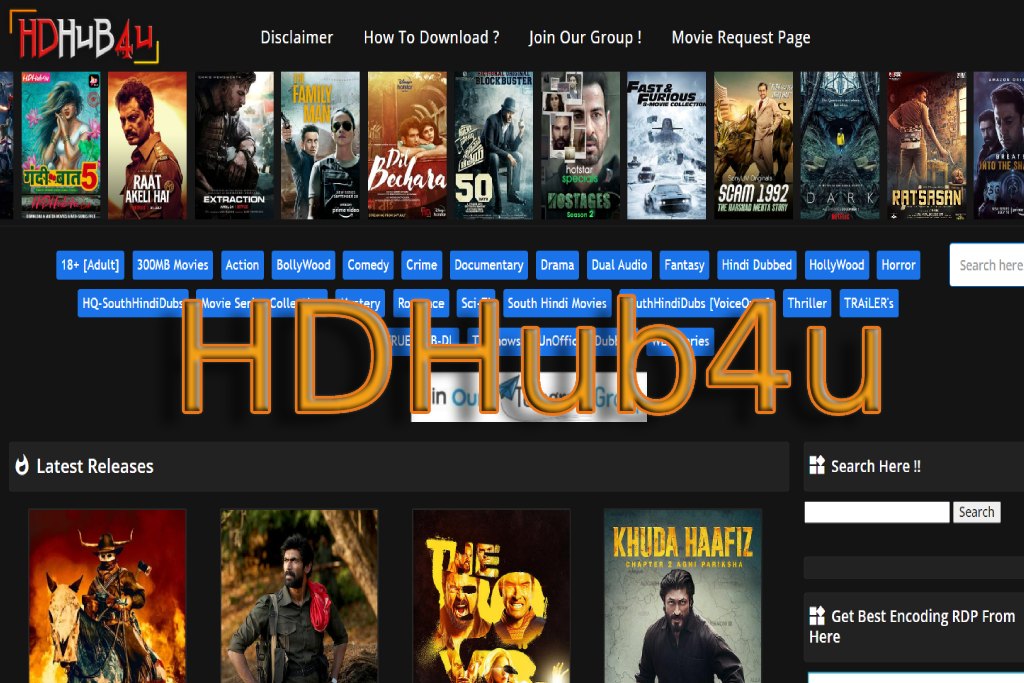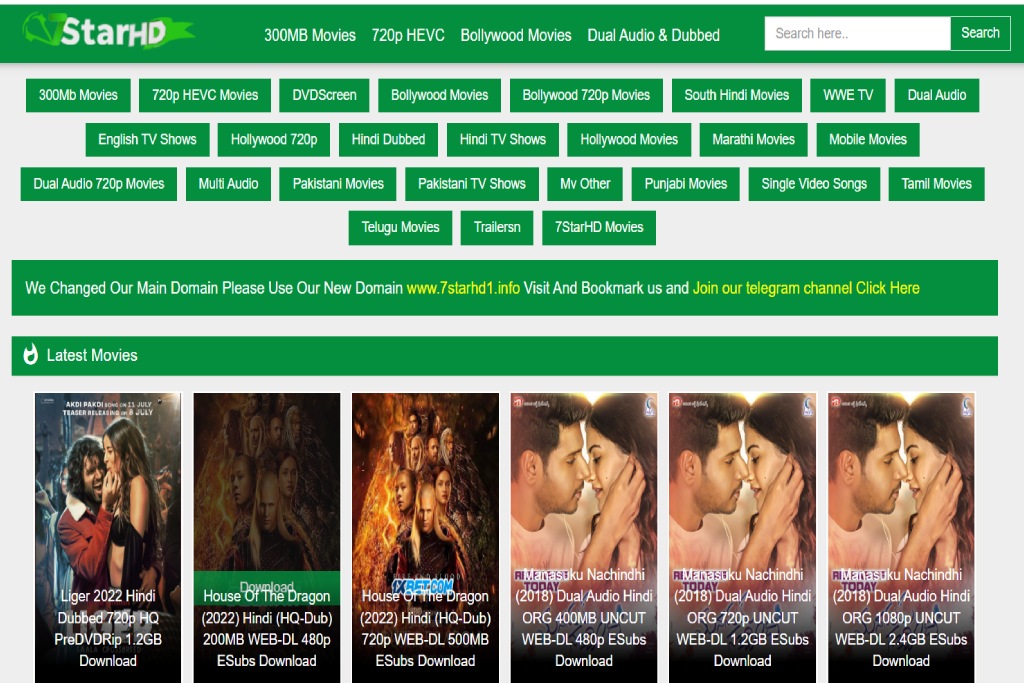Design Thinking: Working Together To Create Tailor-Made Solutions

Table of Contents
“To Think Outside The Box” Is More In Demand Than Ever!
Creativity and unconventional thinking, especially by people who come from different disciplines, are increasingly used in problem solving and general process optimization. Companies benefit from design thinking, an approach that leads to new ideas and solutions. From the user’s point of view, these should be accessible, user-friendly and ultimately more useful.
Creative Solutions
As an interdisciplinary approach, design thinking not only helps to come up with new ideas and solutions, but is primarily dedicated to solving problems that are as different as possible. Interdisciplinary cooperation in teams, which may be repeated several times for the purpose of improvement, can lead to ground breaking results within a very short time. The focus is on the needs of the user and the usability of the product. Compared to other approaches, design thinking is based equally on three basic principles: team, space and process.
Rigid, traditional structures often prevent the implementation of new ideas and innovations in companies. Traditionally, different departments don’t work together, but side by side. This prevents interdisciplinary work. The result is that digital products and services do not meet the needs of end users and do not achieve the desired success. This is where design thinking comes in and overcomes problems by approaching them from the user’s perspective and leading to product ideas that are tailored to their needs. Concrete problems in the digital area are, for example, a less intuitive website or a sharply declining conversion rate.
Design Thinking In Practice
In design thinking, teams are formed from employees with different professional backgrounds to work out solutions. The different mindsets of the employees make it possible to look at a problem from several perspectives and thus create the prerequisites for a holistic solution. Possible solutions and optimization approaches are repeatedly designed and, if necessary, discarded in a multiple, iterative process consisting of six steps, until a solution is perfect.
In 6 Steps To A Customer-Specific Solution
The first step is brainstorming. You have to observe and understand. Workshops, interviews and research show brand, customer and consumer needs, which in a second step lead to an understanding of the user’s problems and needs. This is how you define the tasks and objectives of a project with a clear view. Thirdly, a common, creative vision and a rough concept are developed on the basis of personas, customer journeys and use cases.
In concept modeling, the fourth step, one develops an interactively designed prototype that initiates an iterative process. This prototype is subjected to a usability test by the target group and its functions are tested. This creates a proof-of-concept that shows what needs, motivations and expectations arise on the part of a user. If the prototype does not meet the user’s expectations, it must be edited and refined afterwards. But if the test runs to your complete satisfaction, the prototype is implemented. In the fifth step, it is further developed, its design optimized and its functions fully programmed. The sixth step is to launch the product.
In order to continuously optimize and further develop products, their success is measured regularly using quantitative and qualitative methods. In the meantime, the design thinking team continues to work on new products using the same approach.
Also Read: Market Research: Why And How To Do It?






